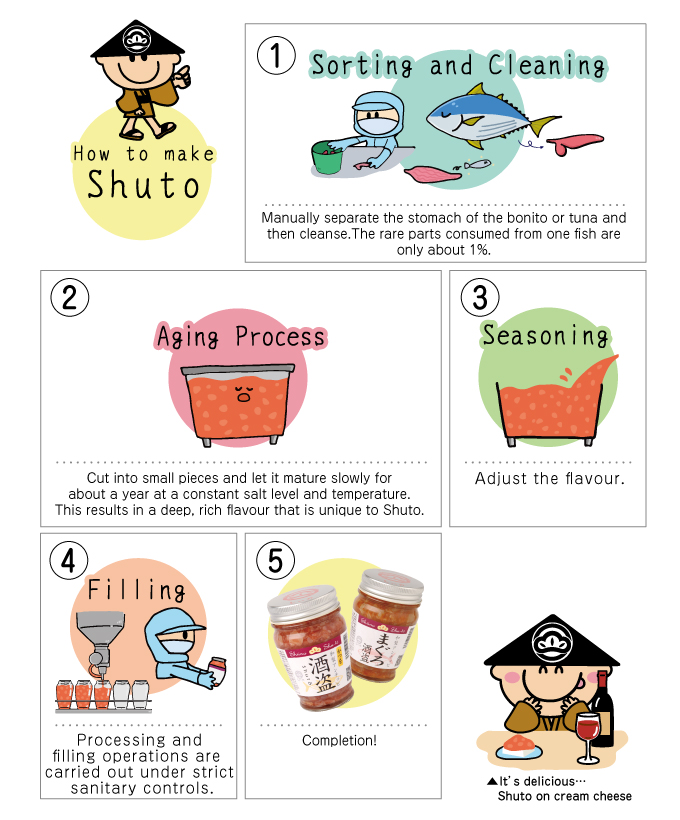- Top page
- ›What's Shuto?
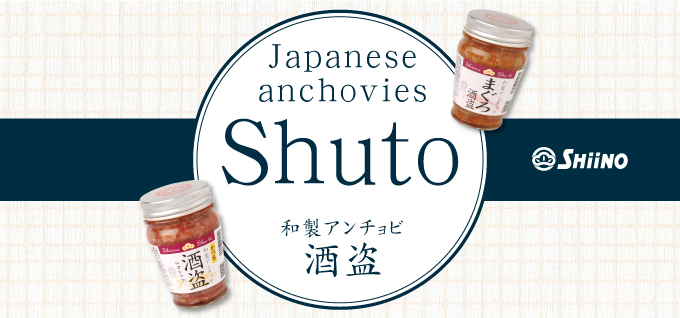
KKatsuo (bonito) Shuto and Maguro (tuna) Shuto are made by salting and aging rare parts of these fish over a long period of time.
Taking advantage of this long-term aging process, these ‘Japanese anchovies’ have a deep flavour and can be used as a main ingredient or a secret ingredient in many dishes.
It can be used as a simple snack by putting it on cream cheese, a perfect match for pizza, or an exquisite sauce by adding it to olive oil or butter.
For delicious smiles, dine with Shuto!
* The term ‘Japanese anchovies’ does not refer to the ingredients or manufacturing process, rather the way in which it is used.
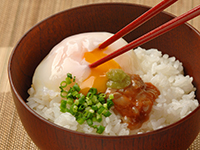
Ontama Shuto Rice Bowl
Ontama (or Onsen Tamago) are traditional Japanese soft-boiled eggs which are slowly cooked in the natural waters of hot springs.
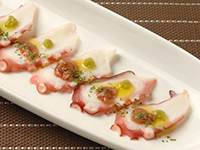
Chilled Boiled Octopus topped with Shuto
Nationwide top market share
The third-generation president, Matsugoro Shiino, paid attention to the taste of Shuto from an early stage and started its development in 1949 shortly after the war.
He succeeded in developing and producing Katsuo (bonito) Shuto from the raw materials of salted bonito that had been aged over a long period of time.
Unlike other processed fishery products, Shuto was widely accepted nationwide due to its long shelf life of one year at room temperature.
In 1958, when the popularity of Katsuo (bonito) Shuto became established, Matsugoro Shiino started developing Maguro (tuna) Shuto as the next product.
Our company succeeded in the mass production of the mouth-watering original Maguro (tuna) Shuto along with Katsuo (bonito) Shuto and has reached the top market share in Japan.
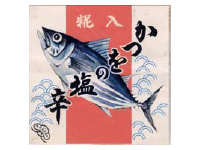
Katsuo (bonito) Shuto product packaging released in 1949 (at that time, Shuto was not recognised as much as it is now, so it was deliberately described as ‘Shiokara’).
Shiokara is a food in Japanese cuisine made from various marine animals that consists of small pieces of meat in a brown viscous paste of the animals heavily salted, fermented viscera.
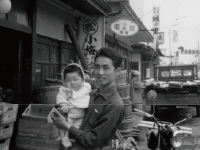
Preceding president (third generation) Matsugoro Shiino (1955)
History
Since ancient times, Japan has had a culture of making foods using seafood by-products. One of these foods, Shuto, is made by aging rare parts of bonito and tuna. There are records that it has been eaten for about 300 years. Legend has it when eating Shuto (酒盗), your chopsticks will move so fast that you will want to ‘steal’ (盗) ‘sake’ (酒).
*It may also be made with various other fish such as salmon, sea bream, and saury.
April 10th is Shuto Day
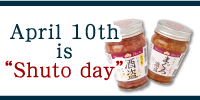
Shuto has been popular in Japan for a long time. We have established ‘Shuto Day’ in the hope that this traditional taste will be handed down to the present day. (Recognised by the Japan Anniversary Association)
There are a few ways of reading characters in Japanese. In this case, the month April can be read as (Shu) and the date 10 as (to). If you combine the two, it becomes Shuto!
Shuto is rich in ornithine (a type of amino acid)
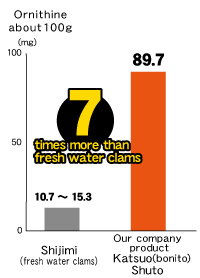
Katsuo (bonito) Shuto is rich in ornithine, which is said to enhance liver function.
It contains about seven times more ornithine than the ornithine-rich shijimi. The ornithine content per 100g of shijimi (fresh water clams) is 10.7 ~ 15.3 mg, while the amount of ornithine content per 100 g of our product Katsuo (bonito) Shuto is 89.7 mg. (according to our internal research)
How salty is Shuto?
Shuto has an image of being high in sodium content. We compared the salinity of commonly dishes and popular menu items using Shuto.
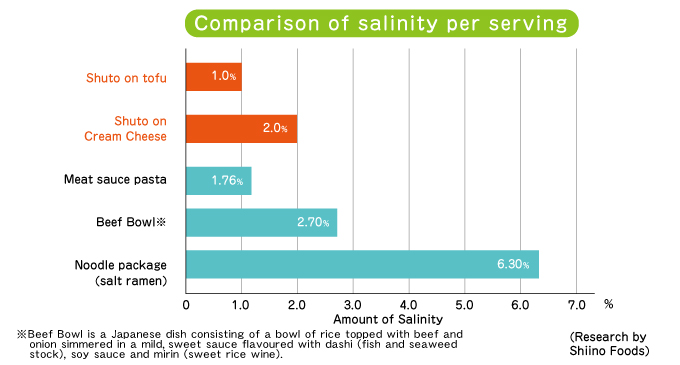
Shuto product
